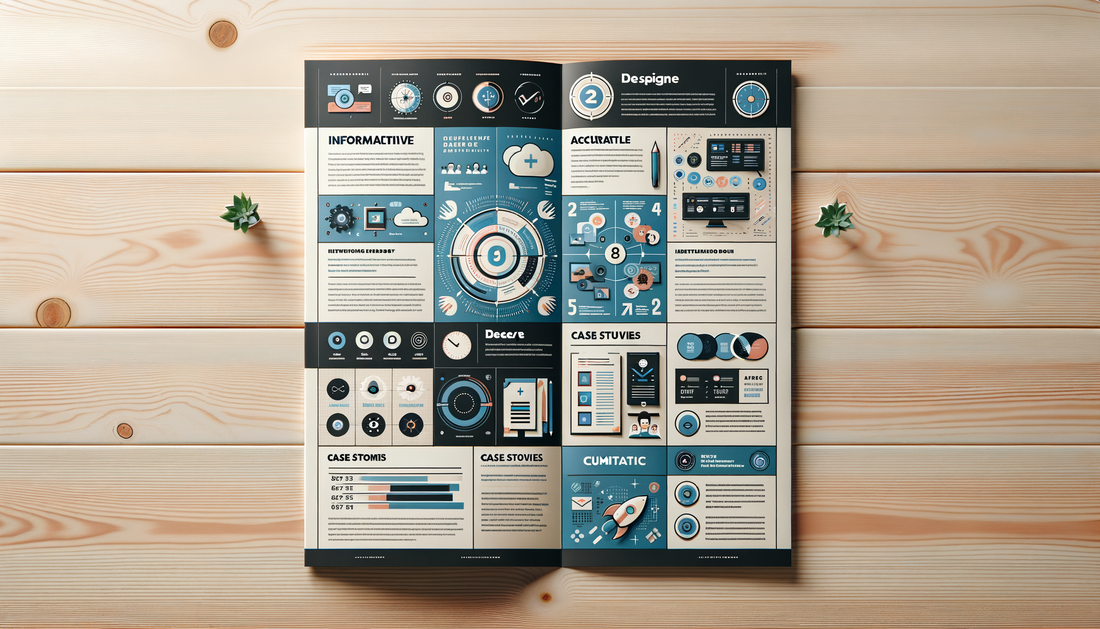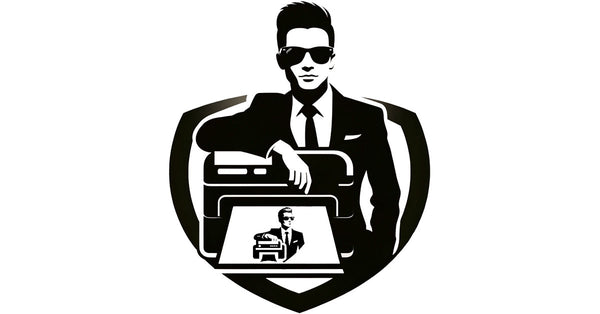Designing Ethical and Persuasive Brochures for Your Business
Tony Torres
Mastering Ethical and Persuasive Brochure Design for Business Success
Creating a brochure that not only informs but also persuades your audience is a critical component of any successful marketing strategy. However, it's essential to balance persuasive techniques with ethical considerations to maintain trust and credibility with your customers. In this comprehensive guide, we'll explore the key elements of designing brochures that are both ethical and effective in driving business results.
Understanding Ethical Design in Brochures
Before diving into the design process, it's important to understand what ethical design entails. Ethical design means creating materials that are honest, respectful, and considerate of the audience's needs and values. It involves transparency, accuracy, and fairness in the way information is presented.
The Power of Persuasion in Brochure Marketing
Persuasion is a powerful tool in marketing. It's about convincing potential customers to take action, whether that's making a purchase, signing up for a service, or simply learning more about your company. Persuasive design leverages psychological principles to guide decision-making and encourage a desired response.
Balancing Ethics and Persuasion
While persuasion is a legitimate goal, it's crucial to balance it with ethical considerations. This means avoiding manipulation and ensuring that your brochure provides genuine value to the reader. The goal is to create a win-win situation where your business benefits from increased engagement and sales, and the customer feels informed and respected.
Key Elements of Ethical and Persuasive Brochure Design
Now that we've established the importance of ethical persuasion, let's delve into the key elements that make a brochure both compelling and conscientious.
Clarity and Simplicity
Ensure that your brochure is easy to read and understand. Use clear headings, concise language, and bullet points to highlight key information. Avoid jargon and technical terms that might confuse the reader.
Visual Appeal
Attractive visuals can significantly enhance the persuasiveness of your brochure. Use high-quality images, a cohesive color scheme, and ample white space to create an engaging layout that draws the reader in.
Factual Information
Always base your brochure content on accurate and verifiable information. Misleading claims or exaggerated benefits can damage your reputation and erode trust with your audience.
Emotional Connection
Creating an emotional connection with your audience can be a powerful persuasive technique. Use storytelling, testimonials, or case studies to make your brochure relatable and memorable.
Call to Action
A clear and compelling call to action (CTA) is essential for driving the desired response from your audience. Whether it's to contact your business, visit your website, or make a purchase, your CTA should be prominent and persuasive without being pushy.
Ethical Considerations
Always respect your audience's intelligence and autonomy. Provide them with the information they need to make an informed decision, and avoid using fear, guilt, or pressure tactics to influence their actions.
In conclusion, designing ethical and persuasive brochures is about finding the right balance between engaging your audience and respecting their decision-making process. By focusing on clarity, visual appeal, factual information, emotional connection, and a strong call to action, you can create brochures that not only look great but also uphold the highest ethical standards.
Ready to take your brochure design to the next level? Contact us today to learn how we can help you create marketing materials that resonate with your audience and drive your business forward.
